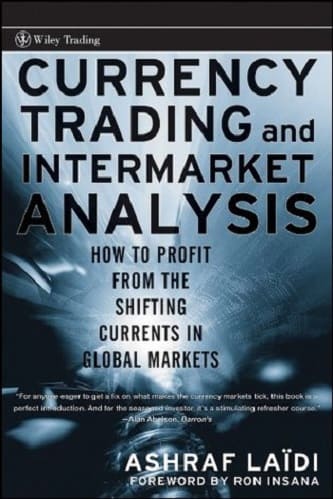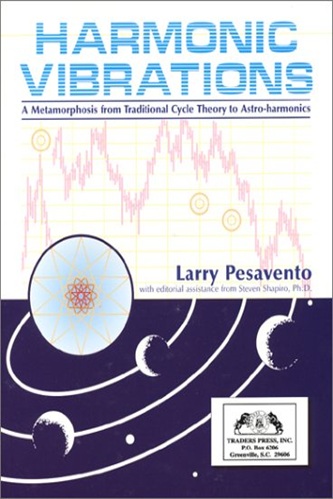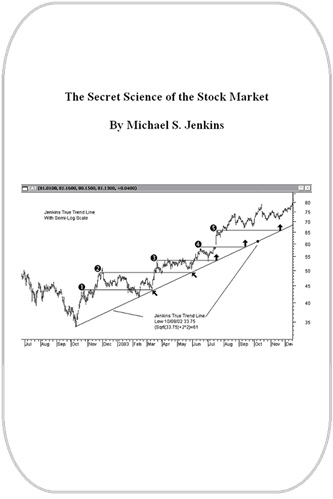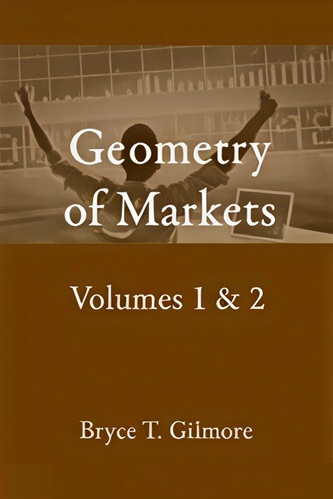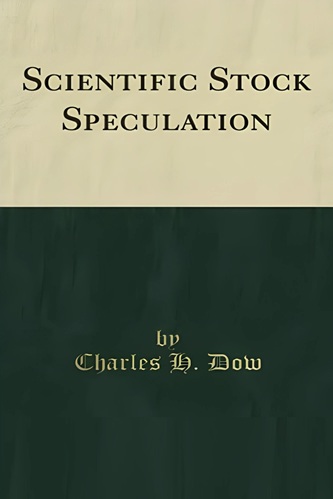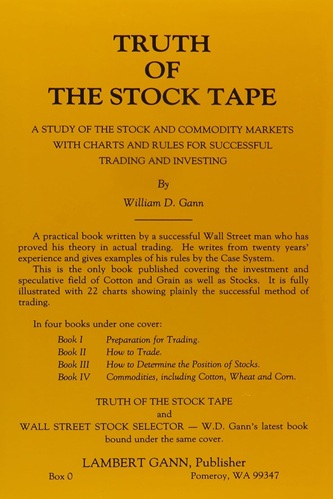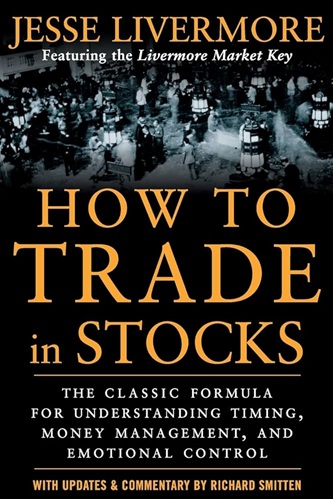Currency Trading and Intermarket Analysis: How to Profit from the Shifting Currents in Global Markets
$21.20
| Author(s) | |
|---|---|
| Format |
|
| Pages |
301 |
| Publication Year |
2009 |
Currency Trading and Intermarket Analysis offers comprehensive tools to maneuver through macroeconomic and financial market nuances with the objective of making profitable decisions in foreign exchange markets. This books is a very detailed book with an important flow of information and specific details related to some well-known periods of the USD changes. It should clearly please beginners seeking a better understanding of FX movements over the last decades. For sophisticated investors, they will appreciate discovering the new angles introduced in dissecting the major developments in currencies.
Introduction:
Academics and market professionals have done their bit in producing literature about the mechanics of foreign exchange markets and the theories underpinning them. But relatively little is written on how to explore the practical intermarket relationships that shape currencies via interest rates, equities, and commodities. Most investors have come across the notion of interest rates’ impact on foreign exchange rates, but have yet to grasp the situations when interest rates and central bank policy are displaced by shifting risk appetite and economic growth.
While central banks aim to manage expectations in bond and currency markets, they tend to mis-read such risks as asset price inflation and financial market contagion, leaving professional and institutional investors wrong-footed. Integrating commodities into the mix, record-breaking prices have significantly driven the foreign exchange market, raising the need for investors to determine the currencies most responsive to price developments in energy, metals, food, and agricultural raw materials. And given the plethora of media types generating constant financial market information and advice, investors need to separate noise from sound market and economic signals.
This book aims at placing readers ahead of the pack in assessing shifts in economic and market dynamics so as to better predict central bank policy changes and make profitable decisions in currency markets accordingly. It also strives to build an understanding of market risk appetite and to highlight the currency implications of the changes in risk-driven flows. While the book’s central theme is the foreign exchange market, it exposes the intermarket intricacies shaping currencies via equity, bond, and commodity markets. Noneconomic/market considerations, such as geopolitical events, are also addressed in detail to explain the changing trends in low and high-yielding currencies.
The intended readership comprises those requiring a comprehensive breakdown of the intermarket forces driving foreign exchange rates. Anyone wishing to learn how to anticipate changes in central bank policies and their market consequences will find value in the chapters about yield curves and the Federal Reserve. In addition to those trading currencies for themselves, a bank, or a corporate treasury, traders of interest rate and equity indexes may also benefit from the unified approach in the book. Economists, students, and market reporters seeking a comprehensive analysis of the real-life interrelationships between currencies, equities, interest rates, and commodities will find here a unique analysis of tried and tested market patterns.
Contents:
- Gold and the Dollar
- Oil Fundamentals in the Currency Market
- When the Dollar Was King (1999–2001
- The Dollar Bear Awakens (2002–2007
- Risk Appetite in the Markets
- Reading the Fed via Yield Curves, Equities, and Commodities
- U.S. Imbalances, FX Reserve Diversification, and the U.S. Dollar
- Commodities Supercycles and Currencies
- Selected Topics in Foreign Exchange
Currency Trading and Intermarket Analysis: How to Profit from the Shifting Currents in Global Markets By Ashraf Laidi pdf

